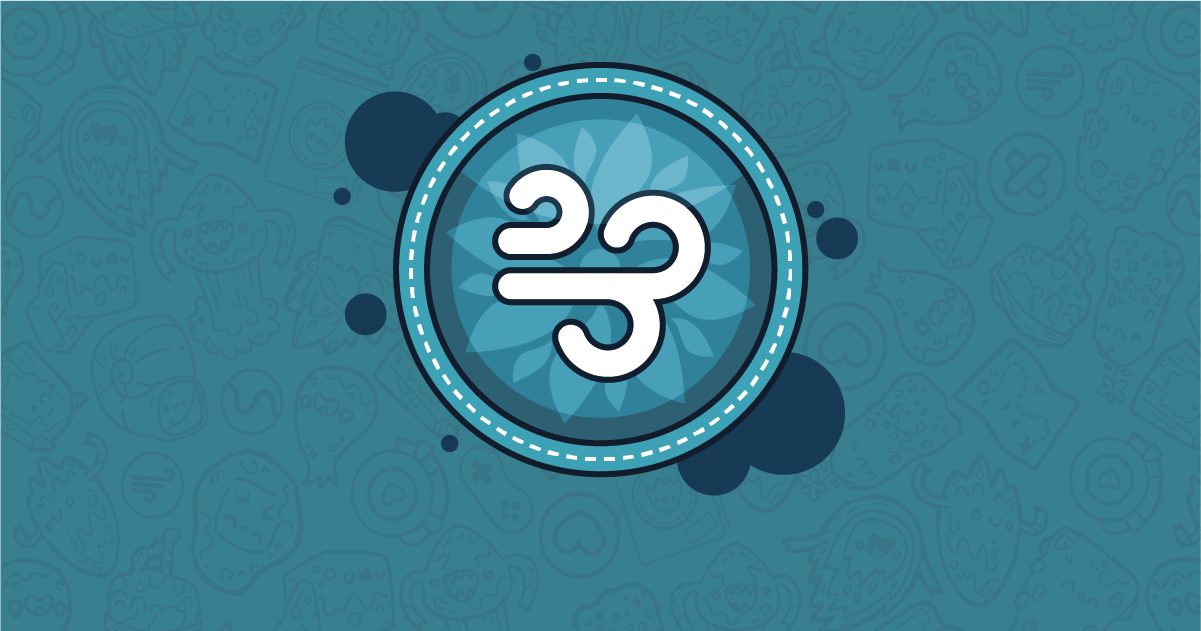“Just calm down”

Ariella and Juliette just turned 2. They’re wild, exploring everything, learning all the time, and so so loving. And they fight – a lot. If one has a toy, the other wants it, and for us that means screaming and hair pulling, and sometimes (oftentimes) biting.
Developmentally this makes sense. They’re too young to fully understand sharing, or to have the impulse control to stop themselves from grabbing that most prized toy away from their sister. They want that toy, and their little bodies will drive them to do what’s needed in order to get it. They also don’t yet have the social awareness to know that difference between “mine” and “yours,” or that there’s a boundary between those two things.
And then the aftermath – the crying. Being upset isn’t something they’re yet capable of willing themselves out of. They don’t have the skills or the ability to control their reactions to such strong emotions. They need help regulating.
We would not expect Ariella and Juliette to be able to do this on their own, or that just because we talked about sharing, or waiting your turn, or calming down, that they can apply those skills in real life without help and without practice. Emotion regulation, just like impulse control, is not something we’re born with. It’s an ability we develop over time with experiences and with practice. The important thing to recognize here is that emotion regulation is not a choice, and we can’t expect kids to “calm down” just because we’ve talked about it. Regardless of age, talking about emotion regulation doesn’t necessarily translate to having better emotion regulation.
Regulation is two-sided
Emotion regulation has two parts. There’s that intentional and more cognitive side where we identify and name our emotions (I feel anxious, frustrated, excited), recognize those emotions in our bodies (my heart is racing, it’s hard to think clearly), remember coping or calming skills (I can take a walk, deep breaths, talk to someone), and then intentionally use those strategies (I actually go for that walk, take deep breaths, talk to someone). That’s a long long list of steps to go through on the intentional side of emotion regulation! Who has time for that, especially in moments of distress?
On the other side, there’s the automatic response. This is our body’s physiological response to our emotions (increased heart rate, difficulty thinking clearly, muscles prepping for movement), and our quick and automatic behavioral reactions (running, fighting, screaming, freezing). The relationship between these two sides is important as we think about our emotion regulation abilities. If our automatic fight or flight response is really strong, taking the time to stop and think through coping strategies in moments of threat (or perceived threat) is incredibly difficult, and oftentimes not an option.
Now add the layer of ADHD, ASD, or anxiety on top of all this (think extra difficulty with things like impulse control, thinking through long term consequences of your actions, cognitive flexibility, and interpreting sensory information) and emotion regulation just became a whole lot more complicated (and hard, really hard).
Developing an ability versus teaching a concept
In typical therapeutic settings, we tend to focus on the concept of emotion regulation – the intentional, cognitive side. We talk about emotions and stressors, learn how to identify these things, and talk through coping and calming strategies. Then we send kids out into the world and expect them to access and utilize any of that information in moments when they’re escalated. They can’t.
True, meaningful, and useful emotion regulation abilities come with exploration, experimentation, and practice. It’s about physically and physiologically engaging with how emotions feel in our bodies, and playing around with our ability to control and influence them. The process of developing stronger emotion regulation is similar to learning how to ride a bike (see balance bikes above – which have not actually been ridden yet, but are fun toys to drag around the driveway). Sitting in a classroom, learning about a bike, and talking about how to ride it only goes so far. It doesn’t help you feel balanced, or keep you from falling over when you pedal out into the real world. Developing stronger emotion regulation abilities, just like learning to ride a bike, takes experimentation and practice. Your body, not just your brain, has to learn how to do it.
Playing Mightier builds emotion regulation that sticks
Mightier helps kids discover their emotions and develop stronger and more automatic regulation abilities by creating a platform for experimentation and integrating calming practice into their gameplay. As kids play Mightier, they see their emotions in real time. They see how their frustration, anxiety or excitement directly influence their heart rate, which directly influences their gameplay. They learn that things become more challenging when their heart rate is up, and they’re empowered to explore various calming strategies to bring their heart rate down and keep playing. They practice all this quickly, in the moment, while having fun. Best of all, they practice all this in a way that strengthens their natural and automatic ability to regulate their emotions in real life. That means improved frustration tolerance, thinking more clearly in the moment, and choosing how to respond to real-life stressors. It means staying calmer under pressure without even trying.
Learn more about Mightier’s research, and why 87% of families report improvements in their children’s emotion regulation abilities here.


















